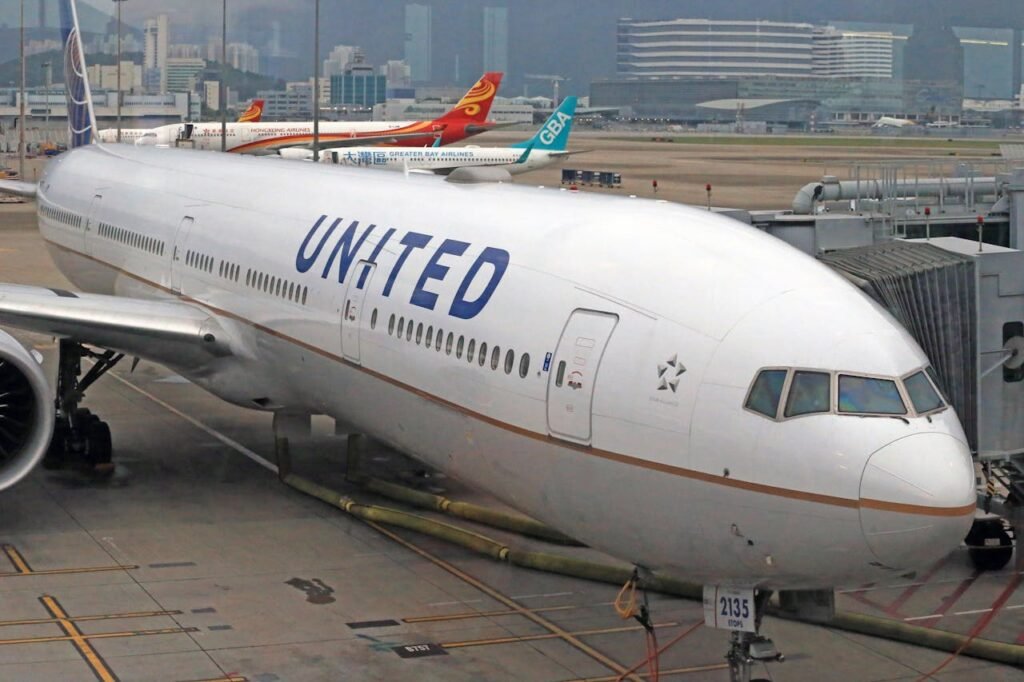Traveling by air involves adhering to various regulations, particularly concerning baggage. These regulations ensure safety, security, and efficiency in air travel. In the United States, the Transportation Security Administration (TSA) sets the standards for baggage restrictions. This article provides a comprehensive guide to understanding these restrictions, focusing on both carry-on and checked baggage.
1. Carry-On Baggage Restrictions
Carry-on baggage policies vary slightly between airlines, but the TSA sets overarching guidelines that all passengers must follow. The key aspects of carry-on baggage restrictions include size, weight, and content limitations.
a. Size and Weight Limits:
- Most U.S. airlines allow one carry-on bag and one personal item (e.g., a purse, laptop bag, or briefcase) per passenger.
- The standard size limit for carry-on bags is typically 22 x 14 x 9 inches (56 x 36 x 23 cm), including handles and wheels .
- Weight restrictions for carry-on bags vary by airline, though many do not enforce a strict weight limit, focusing more on size.
b. Liquid Restrictions:
- The TSA enforces the 3-1-1 rule for liquids in carry-on baggage: each liquid item must be in a container of 3.4 ounces (100 milliliters) or less, all containers must fit within a single quart-sized, clear, resealable plastic bag, and each passenger is allowed only one such bag .
- Exceptions are made for medications, baby formula, and breast milk, which can exceed 3.4 ounces but must be declared and screened separately.
c. Prohibited Items:
- Certain items are prohibited in carry-on baggage for security reasons. These include, but are not limited to, sharp objects (e.g., knives and scissors with blades longer than 4 inches), firearms, flammable items, and some sporting goods like baseball bats and golf clubs .
- Electronics larger than a cellphone, such as laptops and tablets, must be removed from carry-on bags and placed in separate bins for screening.
2. Checked Baggage Restrictions
Checked baggage is subject to different restrictions, primarily focused on size, weight, and the types of items allowed.
a. Size and Weight Limits:
- Airlines typically allow checked bags with a maximum size of 62 linear inches (length + width + height) and a weight limit of 50 pounds (23 kg). Oversized and overweight bags incur additional fees .
- Some airlines may have stricter limits or additional fees for bags weighing more than 70 pounds (32 kg) or exceeding 80 linear inches.
b. Prohibited and Restricted Items:
- Items that are dangerous or could pose a safety risk are prohibited in checked baggage. These include explosives, flammable liquids, and certain chemicals .
- Lithium batteries with more than 100 watt-hours (typically found in large electronics and some power tools) are restricted in checked baggage. These items should be carried in the cabin or declared to the airline for special handling.
c. Special Items:
- Special items such as sports equipment, musical instruments, and medical devices may be subject to additional restrictions or handling procedures .
- Travelers should check with their airline for specific guidelines on transporting these items.
3. Security Screening and TSA Regulations
a. Screening Procedures:
- All checked baggage undergoes security screening, which may include X-ray, explosive trace detection, and manual inspection. Passengers are advised to leave their bags unlocked or use TSA-approved locks that can be opened by security officers if necessary .
- TSA officers may need to open bags for inspection. If a bag needs to be opened, the TSA will place a notice inside the bag to inform the traveler.
b. Tips for Smooth Screening:
- Pack carry-on items in layers (clothes, electronics, toiletries) to facilitate the screening process.
- Clearly label all bags with your contact information.
- Avoid wrapping gifts, as they may need to be opened for inspection.
4. Airline-Specific Policies
While the TSA provides general guidelines, each airline has specific baggage policies. Some airlines offer more generous allowances, while others have stricter limits. Here are a few examples:
a. American Airlines:
- Carry-on bag: 22 x 14 x 9 inches
- Checked bag: Up to 62 linear inches, 50 pounds
- Fees for additional or overweight bags vary based on the route .
b. Delta Air Lines:
- Carry-on bag: 22 x 14 x 9 inches
- Checked bag: Up to 62 linear inches, 50 pounds
- Specific guidelines for special items like sports equipment and musical instruments .
c. Southwest Airlines:
- Carry-on bag: 24 x 16 x 10 inches
- Checked bag: Two free bags up to 62 linear inches, 50 pounds each
- Additional fees for overweight and oversized bags .
5. International Travel Considerations
For international flights, baggage restrictions may differ due to varying regulations by other countries and airlines. Travelers should check both the TSA guidelines and the specific airline’s policies when flying internationally. Additionally, customs regulations may impact what items can be brought into and out of the United States.
Understanding baggage restrictions is essential for a hassle-free travel experience. By adhering to TSA guidelines and airline-specific policies, travelers can ensure their journey is smooth and compliant with security measures. Proper preparation and knowledge of what is allowed can save time, avoid additional fees, and contribute to a safer travel environment.
References :
- “TSA Carry-On Size Regulations.” TSA.gov. https://www.tsa.gov/travel/security-screening/whatcanibring/all.
- “Airline Baggage Allowance: Carry-on and Checked Luggage.” SmarterTravel. https://www.smartertravel.com/airline-baggage-allowance/.
- “3-1-1 Liquids Rule.” TSA.gov. https://www.tsa.gov/travel/security-screening/liquids-rule.
- “Prohibited Items.” TSA.gov. https://www.tsa.gov/travel/security-screening/prohibited-items.
- “Checked Baggage Policies.” American Airlines. https://www.aa.com/i18n/travel-info/baggage/checked-baggage-policy.jsp.
- “Restricted Items in Checked Baggage.” Delta Air Lines. https://www.delta.com/us/en/baggage/prohibited-or-restricted-items.
- “Special Items and Sports Equipment.” United Airlines. https://www.united.com/ual/en/us/fly/travel/baggage/sports-equipment.html.
- “TSA Locks.” TSA.gov. https://www.tsa.gov/travel/travel-tips/tsa-travel-tips-traveling-smart-tsa-recognized-locks.
- “Baggage Policies.” American Airlines. https://www.aa.com/i18n/travel-info/baggage/overview.jsp.
- “Baggage Information.” Delta Air Lines. https://www.delta.com/us/en/baggage/overview.
- “Baggage Policy and Fees.” Southwest Airlines. https://www.southwest.com/html/customer-service/baggage/index.html.
- “Customs Information for International Travelers.” U.S. Customs and Border Protection. https://www.cbp.gov/travel/international-visitors/customs-and-immigration.


Thank you for the auspicious writeup. It in fact was a amusement account it. Look advanced to more added agreeable from you! By the way, how could we communicate?
Hi Jamir, Thanks for your beautiful comment, really inspiring. Please write us at info@bagnbaggageworld.com